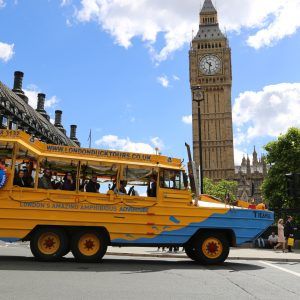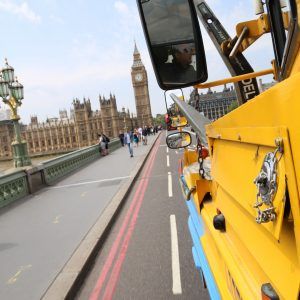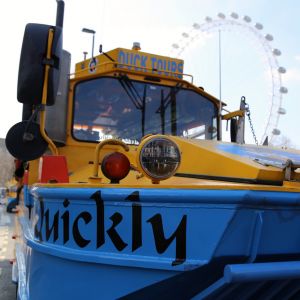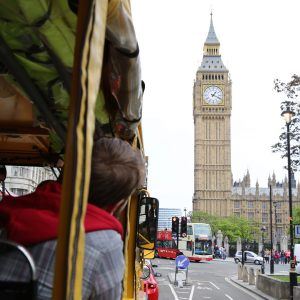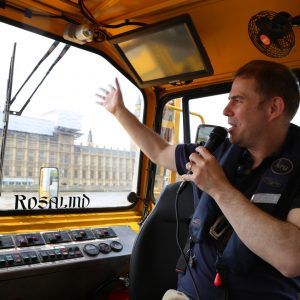London is a city with many historic landmarks and sights, most of which have evolved over hundreds of years to fit the modern world. However, this gem remains locked in a time capsule of World War II.
The Churchill War Rooms offer a fascinating glimpse into the London of the 1940s as well as the life and legacy of Sir Winston himself. Tread in the footsteps of famous government ministers and military strategists, see the secret map lined rooms where major military decisions were made and truly feel like you’ve travelled back in time to a city at war. The museum also offers a comprehensive history of the life of British statesman and Prime Minister Sir Winston Churchill.
London Duck Tours thinks the Churchill War Rooms are fabulous, spooky and fascinating all at the same time.
Going Underground
Officially a branch of the Imperial War Museum, the Churchill War Rooms offers access to the historic “Cabinet War Rooms’ complex of underground tunnels and rooms that were constructed to shelter and house the top levels of British Government during the Second World War. The complex enabled the top ranks of Government and military personnel to map the progress of the war and conduct vital strategic meetings even in the midst of the most serious blitz bombardments. The wartime cabinet met here a total of 115 times during World War II, and especially during the Blitz and V2 bombardments of London.
Hidden beneath the Treasury Building in Whitehall, the tunnels began construction in 1938, before we were actually at war with Germany. After the atrocities of the First World War, there were plans to evacuate the Government out of London in the event of a new war. The steel lined basement of the New Public Offices of the Treasury were the starting point for the rooms, able to withstand a heavy aerial bombardment.
The Cabinet War Rooms were in continual use for 24 hours a day between August 1939 and August 1945, when the lights were turned off and the tunnels vacated for the first time in six years.
Saved for the nation
The war rooms were saved from demolition by the Ministry of Works when it was realised how vital they had been to the success of the allies in World War II. They’ve been open to the public since 1984.


